
If a particle has no mass, can it still exist?
If you let someone who is not a theoretical particle physicist imagine a particle, most people will think of the particle as a small ball that jumps up and down in space. But this is not entirely true. One way to prove it: Try to think of the ball as a particle of no mass.
Sometimes the words “quality” and “weight” are used interchangeably. Because the mass of an object is measured by its resistance to force. When we pick up something to measure its weight, it is resisting the gravitational pull of the earth, so the weight of the object on Earth is actually a measure of its mass.
Definition of quality
However, quality is not just resistance to gravity, especially on the scale of the smallest material. Therefore, the definition of quality in physics becomes a bit complicated.
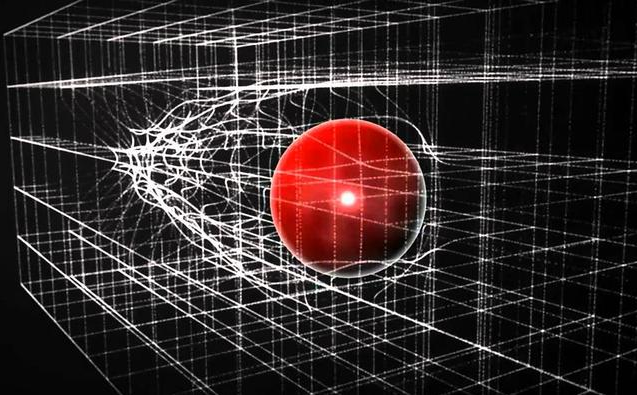
According to the Higgs mechanism of the particle physics standard model, most elementary particles, such as electrons, muons, and quarks, derive their mass from the resistance they produce as they pass through the Higgs field. The greater the resistance of the Higgs field to a particle, the greater its quality. When it comes to composite particles composed of quarks like protons and neutrons, most of their mass comes from the strong nuclear forces that bind the quarks together.
On the other hand, photons and gluons, which are basic particles, are also elementary particles, so they do not produce mass by strong nuclear forces like composite particles. However, these two elementary particles are also unaffected by the Higgs field, and they do not have a drag effect when passing through the Higgs field. In fact, they have no quality.
Massless particles are also present
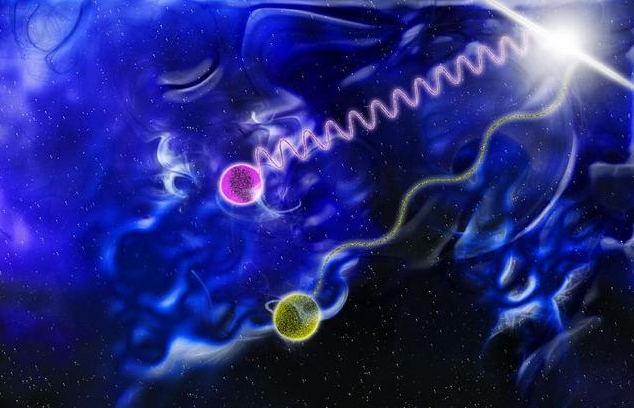
It can be said that massless particles are pure energy. These energy quantum have no edges and no surface. However, the energy of a particle is enough to produce a meaningful sense of existence. And because of the influence of the Higgs field, massless particles such as photons and gluons will inevitably move at the speed of light.
On the other hand, a better way to understand particles is to think of them as defects in the quantum field. The vibration mode of a quantum field is similar to the harmonics on a guitar string, and if it is dialed at the correct frequency, a particle is obtained.
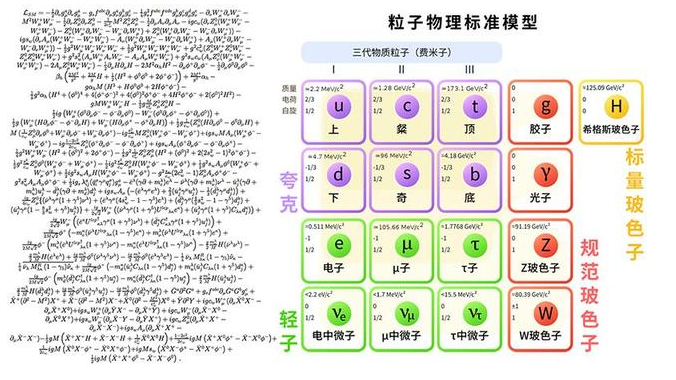
In particle physics, both photons and gluons are massless particles (no static mass), which are also called gauge bosons. Photon transmits electromagnetic force, and the gluon transmits strong nuclear force. In addition, there is theoretically a normative boson that transmits gravity, a gravitational force. This particle is also considered to be massless, but its existence has not been confirmed.
Characteristics of massless particles
Massless particles have some unique properties that are completely stable. Unlike other particles, massless particles do not lose energy and decay into smaller pairs of particles.
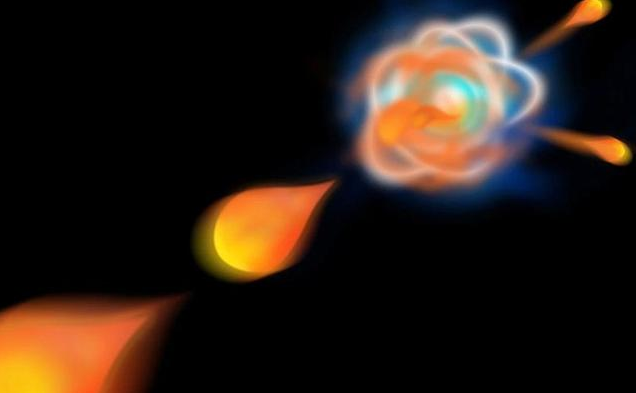
Because all energy of massless particles is kinetic energy, they always move at the speed of light. And because of the special theory of relativity, objects moving at the speed of light do not actually age and decay. So in this sense, massless particles are eternal.
Non-mass particles are also subject to gravitation
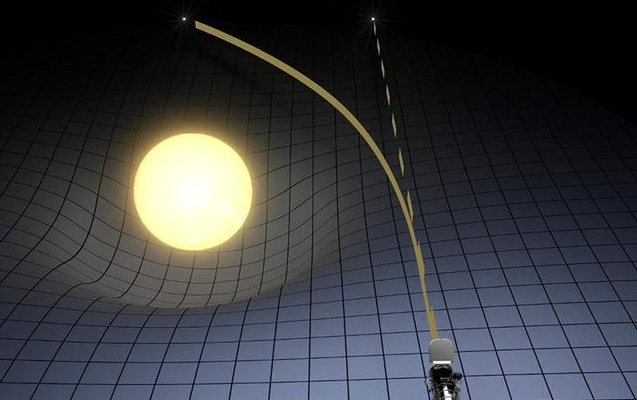
According to general relativity, gravity not only affects any mass of matter, but also affects anything with energy. Even a particle without mass will be gravitational. Because of this, when light passes near large mass objects such as clusters of galaxies, their propagation paths are deflected, resulting in significant gravitational lens effects.
Photons and gluons are the only two massless particles known to date, but there may be other massless particles in the universe, such as gravitational forces, or even the lightest of the three neutrinos (τ neutrinos). There may be no quality. There may be many things of no quality in the universe that exist in the universe we don’t know.


收藏《If a particle has no mass, can it still exist?》文章
点赞《If a particle has no mass, can it still exist?》文章
No quality particles, never thought about it